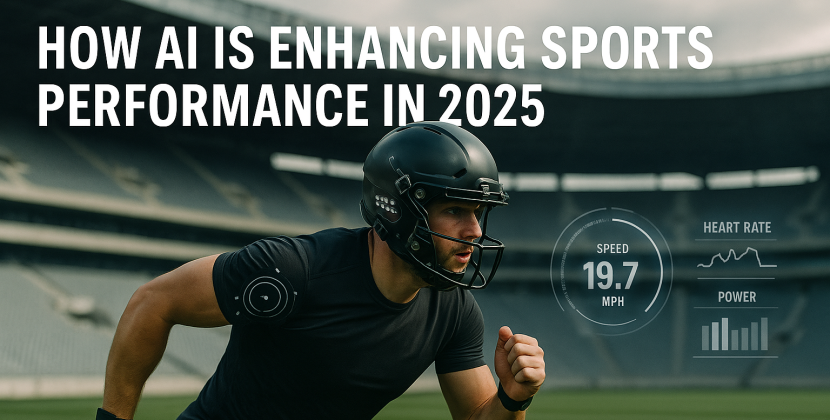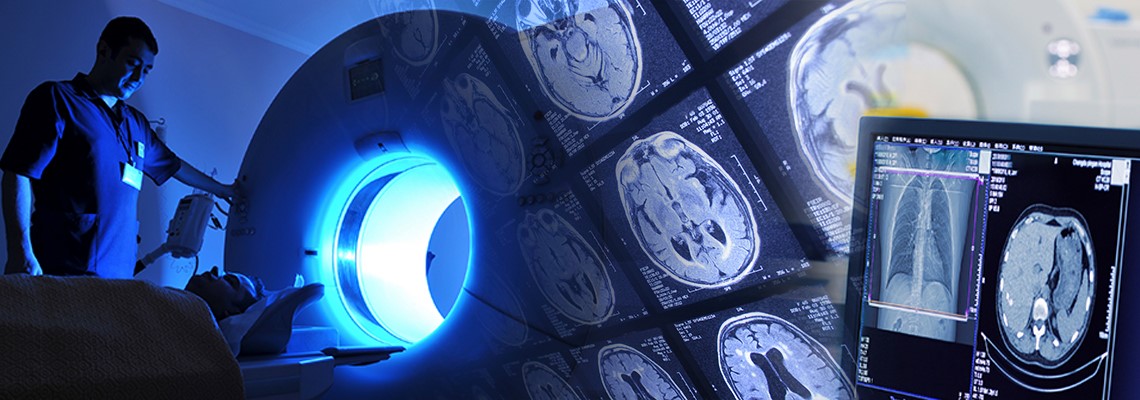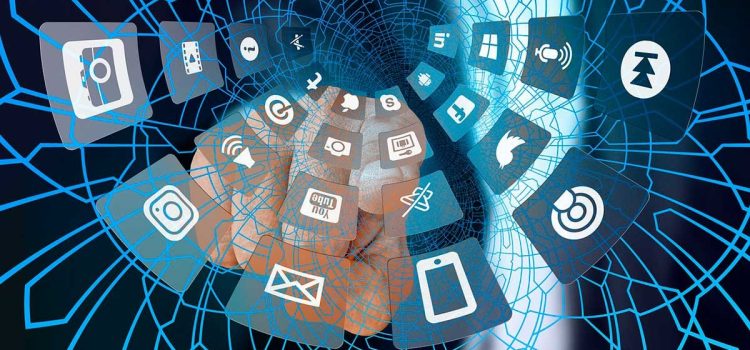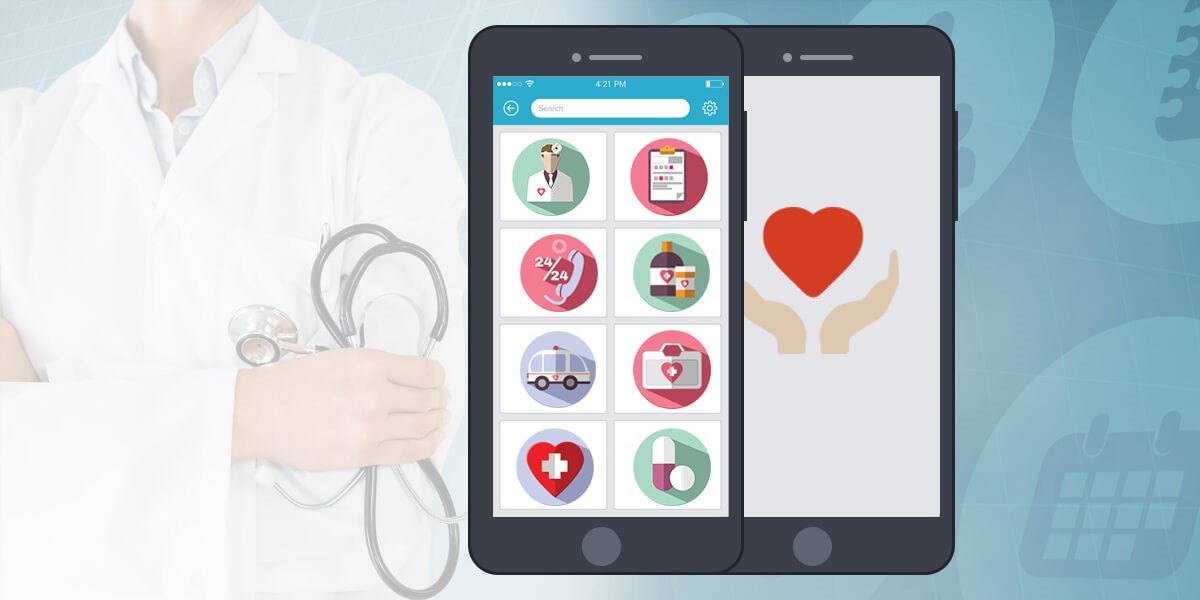
Genetic counseling has long been a cornerstone of personalized medicine, providing individuals and families with critical information about their genetic health. However, as advancements in genomics and digital health technologies accelerate, the field of genetic counseling is undergoing significant transformation. This article delves into the evolving landscape of genetic counseling, highlighting key advancements, challenges, and future directions.
The Evolution of Genetic Counseling
Historical Context
Traditionally, genetic counseling has focused on assessing the risk of inherited conditions, guiding reproductive decisions, and providing support for individuals with genetic disorders. Genetic counselors have served as intermediaries between complex genetic information and patients, ensuring that individuals understand their genetic risks and the implications for their health and family planning.
Technological Advancements
The advent of next-generation sequencing (NGS) and other genomic technologies has revolutionized the field. These technologies have made it possible to sequence entire genomes quickly and affordably, providing unprecedented insights into genetic variations and their associations with diseases. This shift from single-gene testing to comprehensive genomic analysis has expanded the scope of genetic counseling, enabling more precise risk assessments and personalized health strategies.
Key Advancements in Genetic Counseling
Integration of Genomic Data
One of the most significant advancements in genetic counseling is the integration of comprehensive genomic data into clinical practice. With the ability to analyze large datasets, genetic counselors can now identify a broader range of genetic variants, including those associated with complex diseases such as cancer, cardiovascular conditions, and neurological disorders. This data-driven approach enhances the accuracy of risk assessments and informs more targeted interventions.
Digital Health Tools
The rise of digital health tools has also played a pivotal role in the evolution of genetic counseling. Telehealth platforms, mobile applications, and online genetic testing services have made genetic counseling more accessible to a wider population. These tools facilitate remote consultations, streamline data collection, and provide patients with easy access to their genetic information. As a result, individuals in underserved or remote areas can now benefit from genetic counseling services that were previously inaccessible.
Personalized Medicine
The shift towards personalized medicine is another driving force behind the evolution of genetic counseling. By tailoring medical care to an individual’s genetic profile, healthcare providers can offer more effective prevention, diagnosis, and treatment strategies. Genetic counselors are essential in this process, helping patients understand their unique genetic makeup and its implications for their health. This personalized approach not only improves patient outcomes but also enhances patient engagement and satisfaction.

Challenges in the Evolving Landscape
Ethical and Privacy Concerns
As genetic counseling becomes more data-driven, ethical and privacy concerns have come to the forefront. The collection, storage, and sharing of genetic data raise significant questions about consent, confidentiality, and potential misuse. Genetic counselors must navigate these complexities, ensuring that patients are fully informed about the implications of genetic testing and that their data is protected.
Workforce Development
The rapid advancements in genomics and digital health technologies necessitate ongoing education and training for genetic counselors. Staying abreast of the latest developments in the field is crucial for providing accurate and up-to-date information to patients. Additionally, there is a growing demand for genetic counselors, which underscores the need for expanding educational programs and professional development opportunities.
Equity and Access
Despite the increased accessibility of genetic counseling through digital health tools, disparities in access to genetic services persist. Socioeconomic factors, geographic location, and healthcare infrastructure can limit access to genetic counseling for certain populations. Addressing these disparities is essential to ensure that all individuals can benefit from the advancements in genetic counseling.
Future Directions
Integration with Primary Care
One promising direction for the future of genetic counseling is its integration with primary care. By incorporating genetic risk assessments into routine healthcare, primary care providers can identify at-risk individuals earlier and implement preventive measures. This proactive approach can reduce the burden of genetic diseases and improve overall public health outcomes. Genetic counselors will play a crucial role in educating primary care providers and facilitating the integration of genetic services into primary care settings.
Advancements in Artificial Intelligence
Artificial intelligence (AI) has the potential to further transform genetic counseling by enhancing data analysis and interpretation. AI algorithms can quickly analyze vast amounts of genomic data, identifying patterns and associations that may be missed by human analysis. These insights can improve the accuracy of risk assessments and enable more precise predictions of disease outcomes. Genetic counselors can leverage AI tools to provide more informed and personalized guidance to patients.
Expanding the Role of Genetic Counselors
The evolving landscape of genetic counseling is also expanding the role of genetic counselors. Beyond traditional risk assessments and family planning, genetic counselors are now involved in a wide range of clinical and research activities. They collaborate with multidisciplinary teams to develop personalized treatment plans, conduct research on genetic disorders, and contribute to public health initiatives. This expanded role enhances the impact of genetic counselors on patient care and advances the field of genomics.
Conclusion
The field of genetic counseling is undergoing a profound transformation, driven by advancements in genomics, digital health technologies, and personalized medicine. These developments have expanded the scope of genetic counseling, enabling more precise risk assessments, personalized health strategies, and greater accessibility to genetic services. However, the evolving landscape also presents challenges, including ethical and privacy concerns, workforce development, and disparities in access.
As the field continues to evolve, genetic counselors will play a pivotal role in navigating these challenges and harnessing the potential of new technologies. By integrating genomic data into clinical practice, leveraging digital health tools, and expanding their roles, genetic counselors can enhance patient care and contribute to the advancement of personalized medicine. The future of genetic counseling holds great promise, offering new opportunities to improve health outcomes and empower individuals with the knowledge to make informed decisions about their genetic health.






























